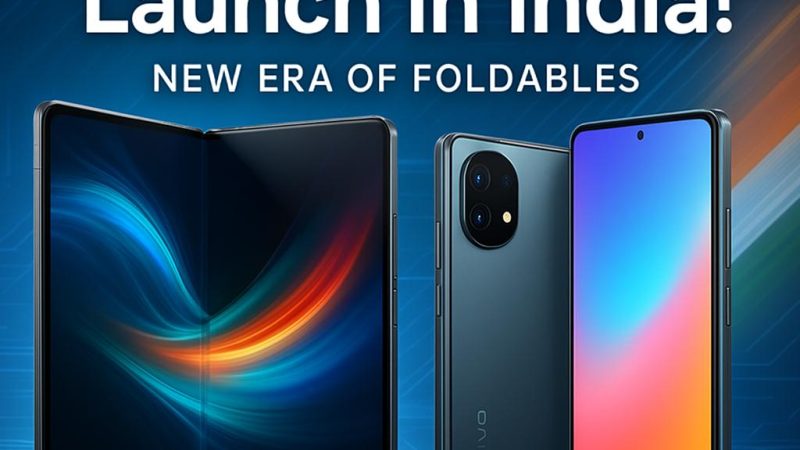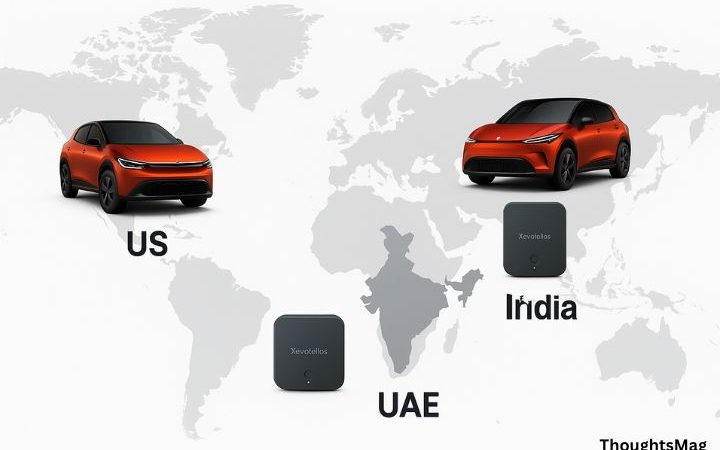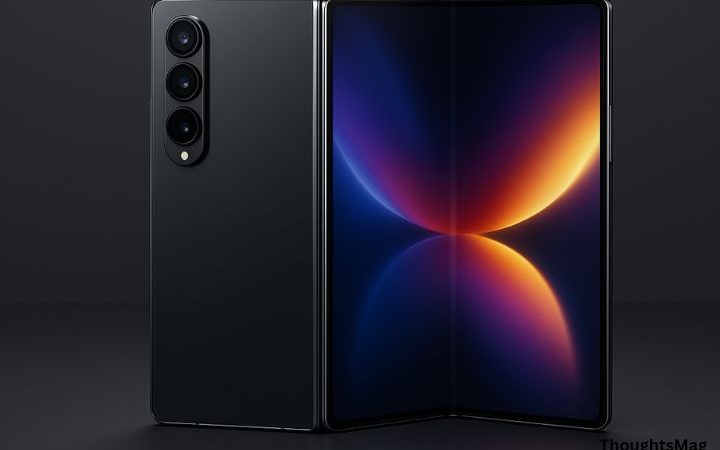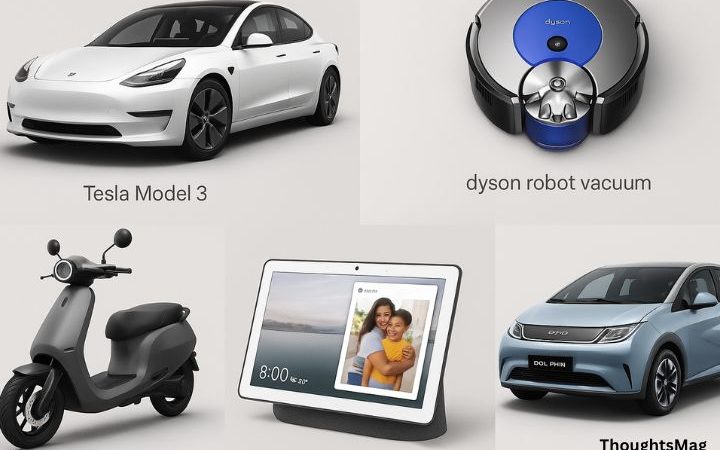3D Rendering – What Is It and How Can It Benefit Your Business
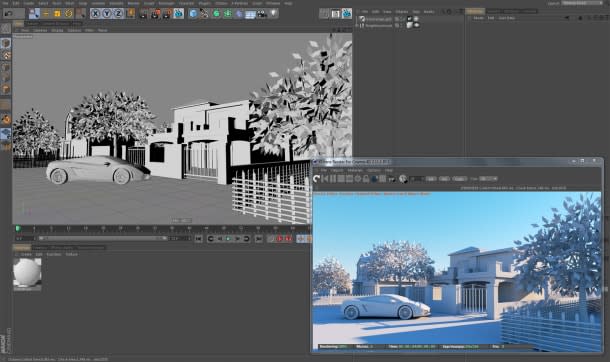

How does 3D rendering work
Even though the name and the process of 3D rendering may sound unfamiliar, it’s fairly present among digital images. You’ve definitely seen a 3D rendered image, you might’ve just not realised it.
The core idea is to take a 3D model of an object and turn it into a 2D image. This method can be used to generate both realistic and non-realistic models, depending on its purpose. Photorealistic pictures are hard to tell from real photos, and that’s one of the superpowers of this method. It has gained a lot of popularity in the UK, so it’s not a problem to find a 3D rendering company UK. Businesses prefer to use professional companies, as the cost of software in this area is substantial, which is hard for freelancers to invest in.
What does the process look like?
Just like any craft, it requires artistry, knowledge, hardship, and the right tools. The software is the tool.
3D modelling: A 3D model lies at the crux of this method. It’s a mathematical expression on an object or area that can be turned into a 2D picture. As long as you already have 3D models of objects you want to render, the rest of the process will be faster compared to traditional methods of photographing objects.
Lightning: Creating an illusion that the object has 3 dimensions. It’s simulated by the software and can resemble natural or professional lighting.
Texturing: Non-realistic figures can have a smooth texture; photorealistic ones require fabrics, textures and colour shades that are present in the real world.
Rendering: The result of this process is a single, high-resolution image. The whole process is automatic and done by software.
Refining: No artist skips the final fine-tuning stage. It’s typical to alter lighting or texture.
Would 3D rendering benefit your business?
E-commerce
This is perhaps the most widespread use at the present moment. Selling products requires a gallery of photos. Traditional methods of organising a photoshoot start to become more expensive than rendered images.
3D rendering proves to also be more accurate and appealing to customers. The objects are presented more accurately, which reduces the number of returns. Another possibility is to generate more interactive images, which can be altered by the customer while they use the website. Any marketer knows that the longer the customer spends on a website, engaging with the product, the more likely they are to purchase it.
Product prototypes
For those who consider buying highly customized products, which are not made yet, 3D rendering is perhaps the only option to visualize the results. When it comes to the industries that offer customized products, the sky’s the limit – plastic surgeries, interior design, garden design, art, fashion, and more.
Virtual 3D home tours
3D modelling turns out to be an incredible time-saver for travel agents, no more touring with potential buyers who turn out to be completely uninterested. Virtual home tours give everyone a better grasp of the building, so the customers can more easily find the property they desire. At the end, they visit only the ones they are highly interested in.
Augmented Reality
Augmented Reality is a possibility to present your products in your customers’ reality. They don’t even have to imagine how the product would fit them. Place brand-new shoes on their feet, a coffee machine on their kitchen counter, or new lipstick on their lips. For example, Instagram is using its famous filters to keep its users engaged with the application. However, this solution is bound to become more and more popular.
Science
It has great applications for projects that require models for research. Engineering was the first field to use it for technical illustrations, but now it also finds its way in medical imaging, aeronautics, and more.
Communication between designers and engineers
From the concept of a new product to the execution of the idea are a few stages of designers and engineering work. Moreover, 3D rendering is a great communication tool between those two teams. Imagine that you intend to invent a new model of a smartwatch. It has many unique parts that are created separately and then assembled together. Assembling those parts is easier and cheaper to realise using a 3D model and results in clear instruction for an engineering team. The industries that first discovered the benefits of 3D product visualisation in the design phase are the car and motor industry, electronic devices industry, engineering, and production lines, but there are many more to jump the bandwagon.
Marketing
Thanks to its novelty, 3D renders increase engagement with the content through the marketing channels. It seems obvious, but 3D renders have the potential to be more exciting (360 degrees pictures), more creative ( you have 100% control of the image), and more accurate (shows the exact features of prototypes). Marketing with 3D rendered images has a much higher ROI. It keeps the viewer on our website, social media, and e-mail message. Finally, It also is appealing to google and may mean better SEO.


